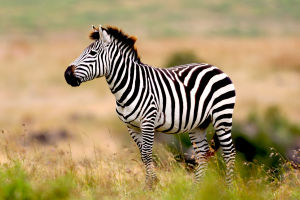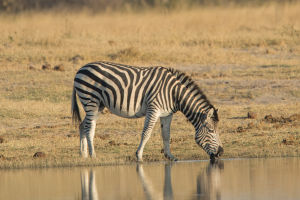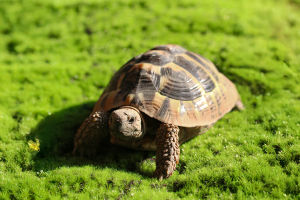We've all watched bees buzzing around flowers, busy collecting nectar. But did you know bees actually "dance" to talk to each other? It sounds surprising, but it's true!
This special dance helps bees share important information about food sources and directions. Let's explore together how these tiny creatures communicate with such an amazing and unique language.
What Is the "Waggle Dance"?
The most famous bee dance is called the "waggle dance." When a worker bee finds a good source of nectar or pollen, it returns to the hive and performs this dance to tell others where to go.
During the waggle dance, the bee moves in a figure-eight pattern while shaking its body or "waggling." The direction and length of this waggle part carry crucial information about the location of the food.
How Does the Dance Show Direction?
We might wonder: how does a dance tell other bees where to fly?
Inside the hive, bees can't see outside, so they use the position of the sun as a reference. The angle of the waggle run relative to the hive's vertical surface indicates the direction of the food compared to the sun.
For example, if the bee waggles straight up on the honeycomb, it means the food is in the direction of the sun. If it waggles 60 degrees to the left of vertical, the food is 60 degrees left of the sun's position.
Distance Is Also Part of the Message
Not only direction, but the dance also tells other bees how far to fly.
The length of the waggle run corresponds to the distance to the food source. A longer waggle means the food is farther away. Bees interpret this length to decide how far to travel before searching.
In this way, the dance gives precise information so that other bees can find the best feeding spots efficiently.
Why Is This Dance So Important?
We can imagine how hard it would be for bees to find food on their own. The waggle dance helps the hive save energy and time by directing worker bees straight to the best sources.
This teamwork is a great example of nature's intelligence and shows how communication can solve real challenges, even for small creatures like bees.
How Do Bees Learn the Dance?
We might think this dance is something bees are born knowing, but in reality, young bees learn it by watching older ones.
Scientists have observed that bees practice and improve their waggle dance over time. This learning process is part of what makes bee colonies so organized and effective.
The Role of Smell and Touch in Communication
Besides movement, bees use other signals during the dance. They release special scents to attract attention, and the dancing bee often touches other bees with its legs or antennae.
This combination of dance, smell, and touch creates a rich language that bees use every day to keep the colony working smoothly.
What Do Experts Say About Bee Communication?
Experts in animal behavior, like Professor Thomas Seeley, have studied bee dances extensively. He describes the waggle dance as "one of the most sophisticated forms of animal communication."
Seeley's research shows that bees' ability to share detailed information about food locations is crucial for their survival, especially in changing environments.
Can We Learn From Bees?
As we understand more about bee communication, we see lessons for ourselves. Bees teach us the power of clear signals, teamwork, and sharing useful information.
We can appreciate that even tiny creatures have complex ways to solve problems and thrive together.
Have You Ever Seen a Bee Dance Up Close?
Next time you watch bees around flowers or near a hive, imagine the secret language they might be using through their tiny movements. It's a beautiful reminder of how nature is full of surprises waiting to be discovered.
Thanks for joining us in exploring the fascinating world of bee dances. We hope this sparks your curiosity to learn more about the incredible lives of these little pollinators!


